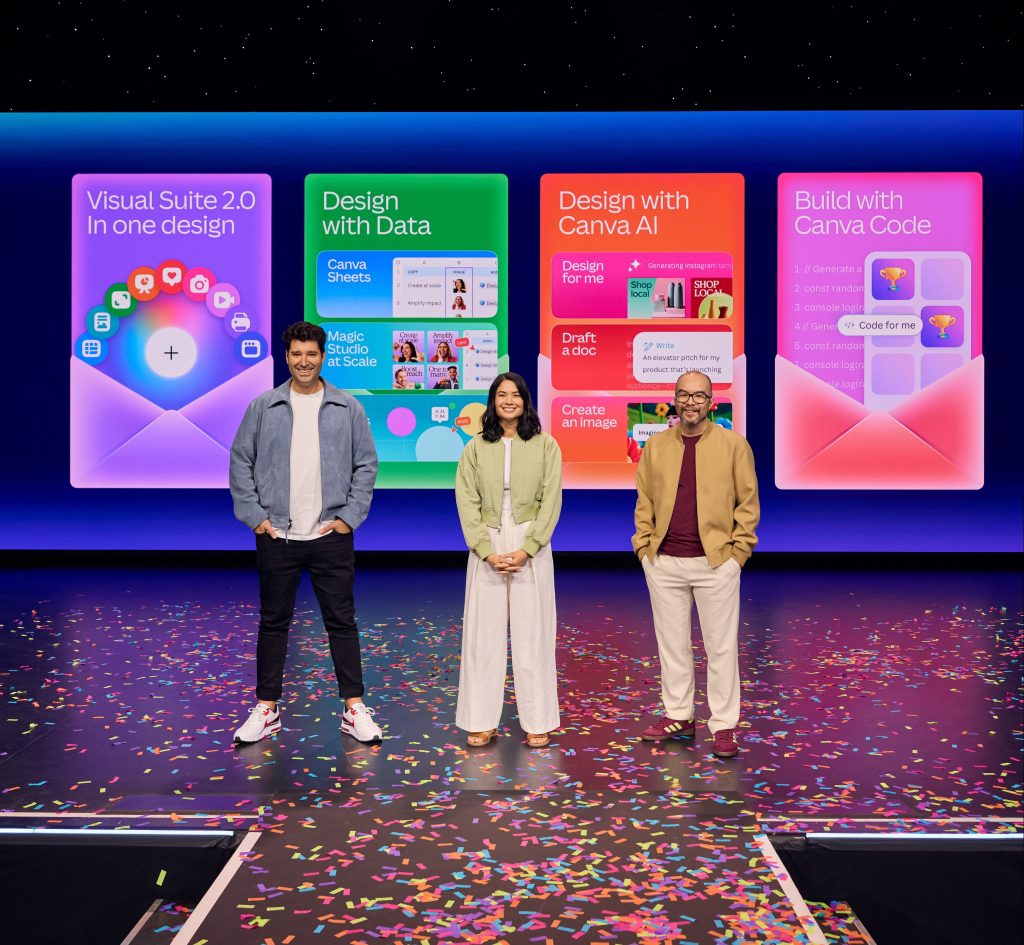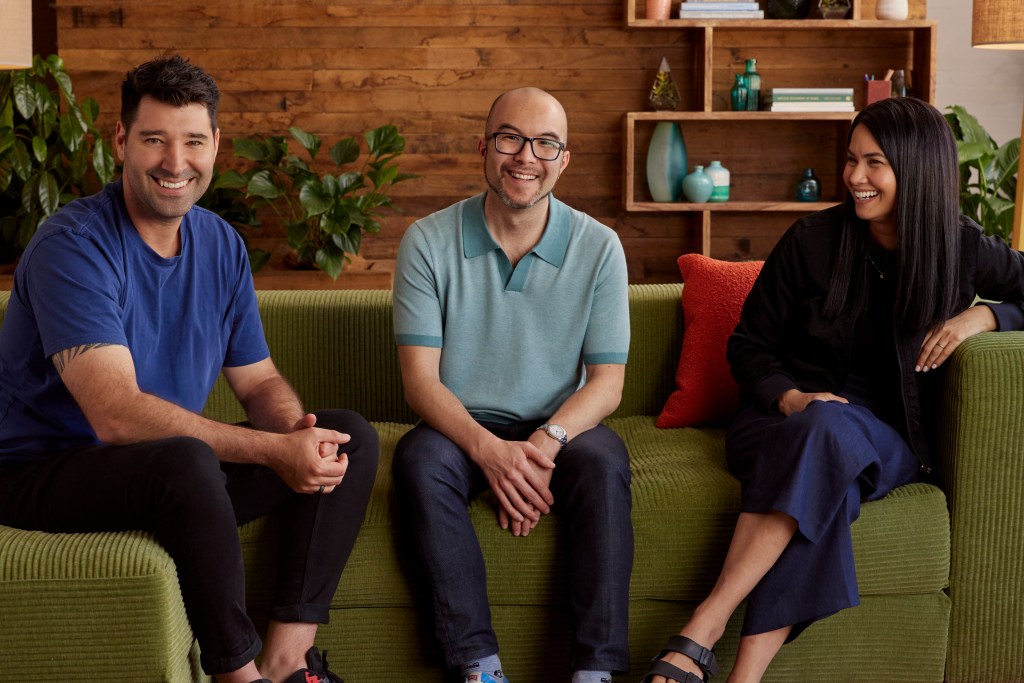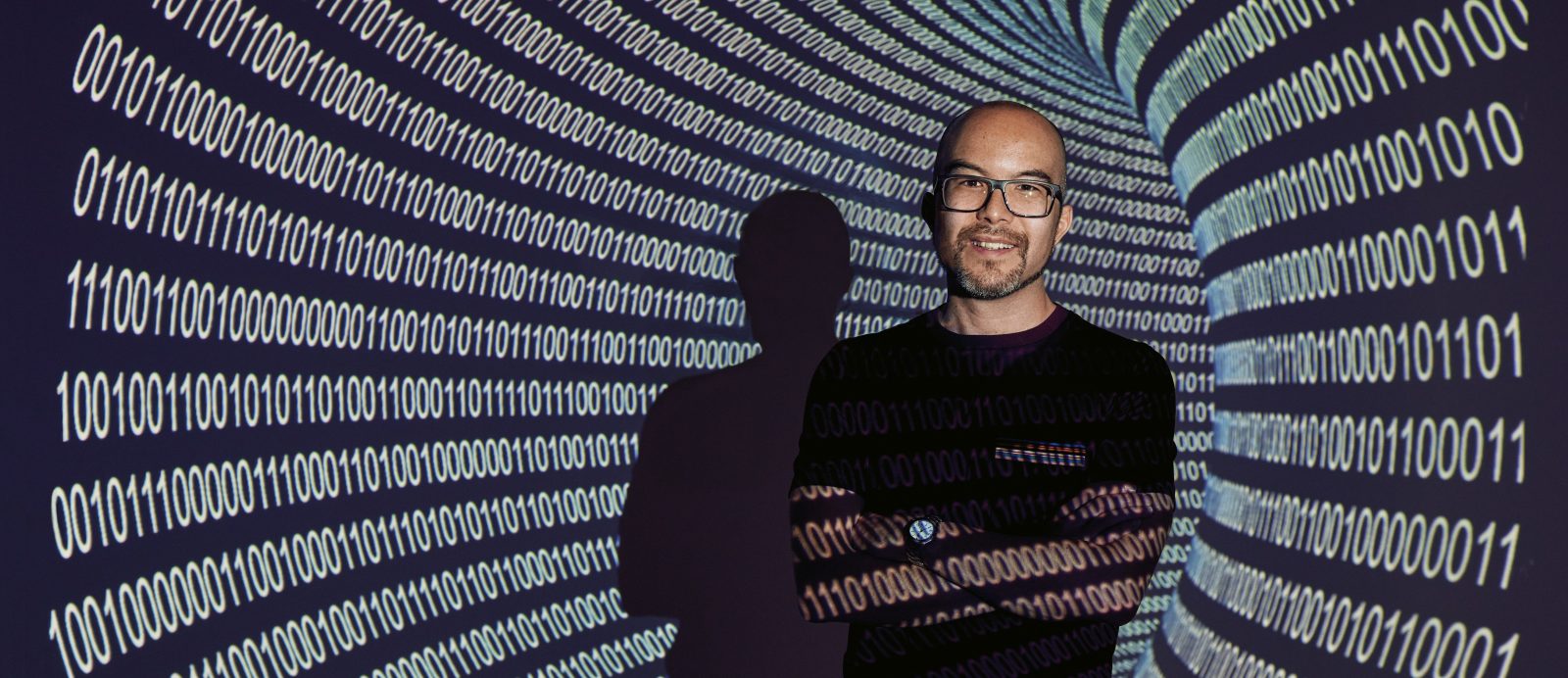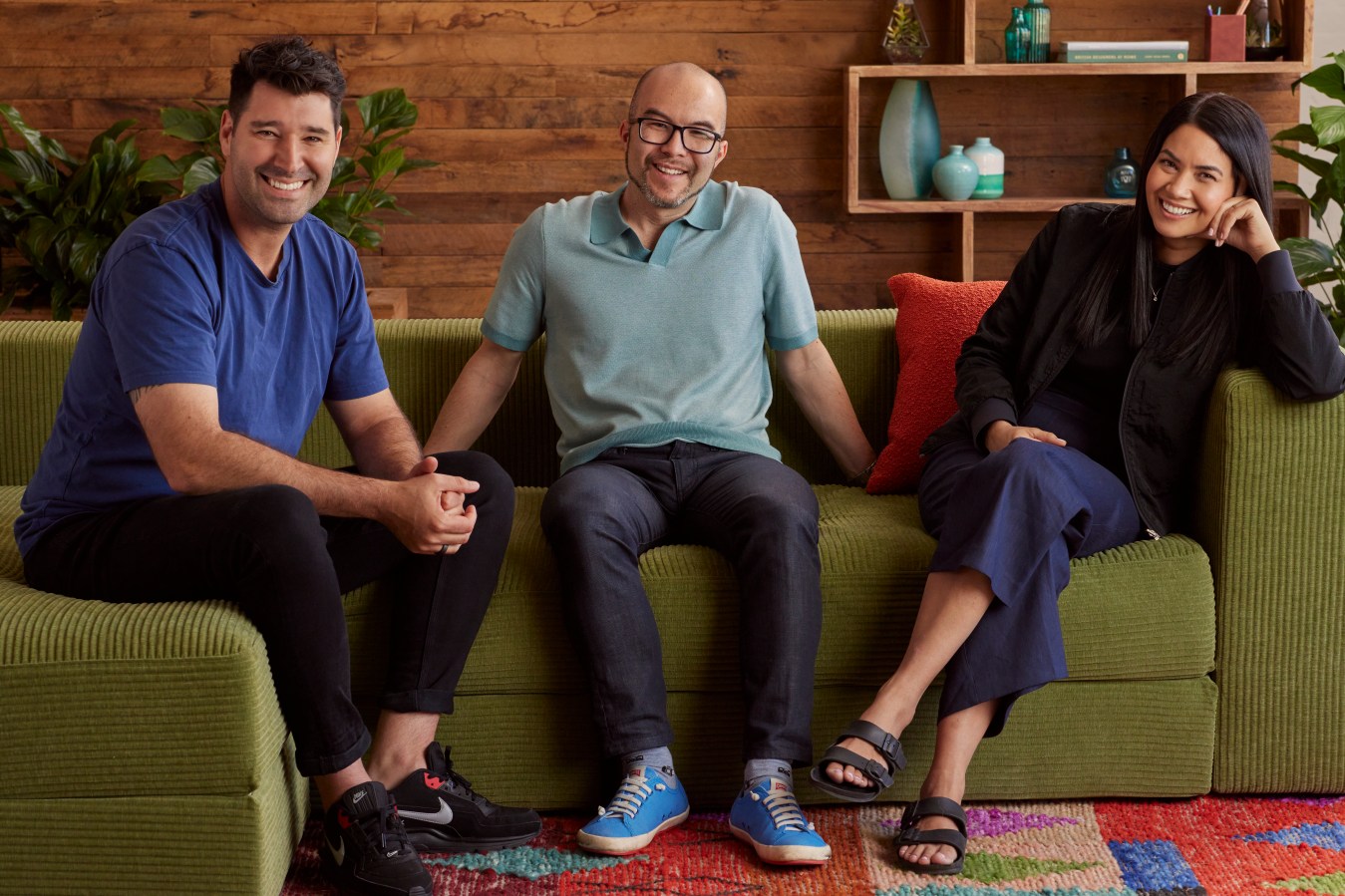The potential of generative AI is clear. How to harness it to optimise efficiency day-to-day is not always obvious. Canva is aiming to fix that – moving beyond pretty pictures to pull the threads of AI together into an easy-to-navigate, user-friendly platform for creativity.

Australia’s most successful creative company facilitates 1 billion designs each month, equating to 373 designs each second, according to co-founder Cameron Adams.
Adams is also Canva’s chief product officer and says the company recently set a record of 230 million users in one month. That’s 8.5 times the population of Australia, where the creative platform was founded in 2013.
Now valued at $49 billion and said to be on the road to IPO, Canva has rolled out a new set of AI tools that allow its users to effortlessly code websites, translate content into other languages, and use data to create charts and graphs.
“Coding unlocks interactivity, automation, and connectivity – those are incredible superpowers.”
Melanie Perkins, Canva CEO
“We’ve done a bit of research, and we found that two-thirds of people get anxiety when they have to start interacting with data,” Adams told reporters this week.
“To us, this represents a massive opportunity to use one of our cultural values – making complex things simple – to remove the complexity from data and make it simple for anyone to approach. We want to de-stress the world and remove that anxiety when you need to work with data.”
The solution Canva came up with is a Google or Excel-esque AI tool called Sheets. It uses gen-AI to automatically fill in fields in the Sheet, using a tool called MagicWrite.
“If you have data that’s missing some elements, you can use MagicWrite to fill in that data. An example is if you don’t have addresses in your data, you can use MagicWrite and it will figure it all out for you,” says Adams.
There is also a new AI-driven tool called MagicInsights.
“You can select any block of data in your sheet and get MagicInsights to tell you what that data actually means – like what’s the average ROI, or the remaining budget of your campaigns,” says Adams.
“It will recommend charts to represent the data in your sheet. We also identified that a lot of people have no idea what formula to use in a spreadsheet.”
Once the fields in the Sheet are populated, various forms of media can be created.
“Data is a key part of visual storytelling,” says Adams. “Whether you’re using charts or gathering information from your customers using forms, or putting together reports or dashboards or infographics, data is at the core. It enables you to tell proper stories about your business and your goals. It fuels huge amounts of marketing today,” says Adams.
Democratising coding
Another skillset that is enormously beneficial – but can be intimidating to learn – is coding.
“For those of you who have tried coding before, it can be extraordinarily complex,” says Canva co-founder and CEO Mel Perkins. “But the thing is, coding unlocks interactivity, automation, and connectivity – those are incredible superpowers. So we’ve been wondering, how can we take our 230 million people and give them all these superpowers at their fingertips?”
Rather than hiring a software developer, you can now ask Canva to code functionality for you.
“It enables you to go from an idea to interactivity with just a simple prompt, in just a couple of minutes. You can say, “interactive travel map,” and it will literally code it for you. In a couple of minutes, you can pop that directly into the Canva editor.”
Perkins says custom and interactive widgets can also be developed through Canva Code with just one prompt. The genesis for sharing Canva Code capability with users, came from internal developers.

“Canva code evolved out of what we saw our internal teams using AI for,” says Adams. “A few of our people internally were using AI’s capabilities to generate code and create these little interactive widgets – which helped us prototype our own product.”
Training data, incentivising creators, and gen AI transparency
It is not just ‘Canvanaughts’ that are helping to develop the new AI tools.
“This is a custom model developed inside Canva itself,” says Adams. “The data used to power the design generation in Canva AI is pulled from our own template library – powered by our creators.”
The CPO notes that the company set up a $200 million fund to reward creators for adding content and templates to the platform to be used as training data.
“The human creators get a monthly payment. It is amazing to be able to support them in this era of AI,” says Adams.
He also notes that Canva is committed to identifying gen AI images appropriately.

“We think it’s very important to maintain transparency of things generated through AI,” says Adams. “There’s a watermark standard, a bit of metadata that you can put into those images and we’re applying it to all of our AI-generated images.”
Looking to international markets to enable growth
COO Obrecht says that Japan is the fastest-growing market and Germany the second-fastest.
“We have deep investment and deep localisation in these countries, and that is fueling our next phase of growth, as well as adding a lot more value to our core product and our paid product,” says Obrecht.
“We have a big goal of achieving 1 billion monthly active users. What that means is achieving 1 in 5 internet users.”
Cliff Obrecht, Canva COO
While the company has achieved significant traction hitting 230 million users a month, making it the largest design firm in the world, Obrecht is looking to quadruple that number.
“We have a big goal of achieving 1 billion monthly active users. What that means is achieving 1 in 5 internet users,” says Obrecht. “We’ve got a scorecard for every country. Some countries are 1 in 6 like the Philippines, Spain is 1 in 7, and then other countries obviously have a lot of catching up to do.”
More users means more revenue, and the COO has his eyes set on both individual creators and the Fortune 500.
“We’re now at 3 billion plus in annualised revenue and we’ve hit 35 billion designs created,” says Obrecht. “We have over 780,000 teams within organizations, and over 95% of the Fortune 500 use Canva. Canva powers the modern workforce.”
Look back on the week that was with hand-picked articles from Australia and around the world. Sign up to the Forbes Australia newsletter here or become a member here.


